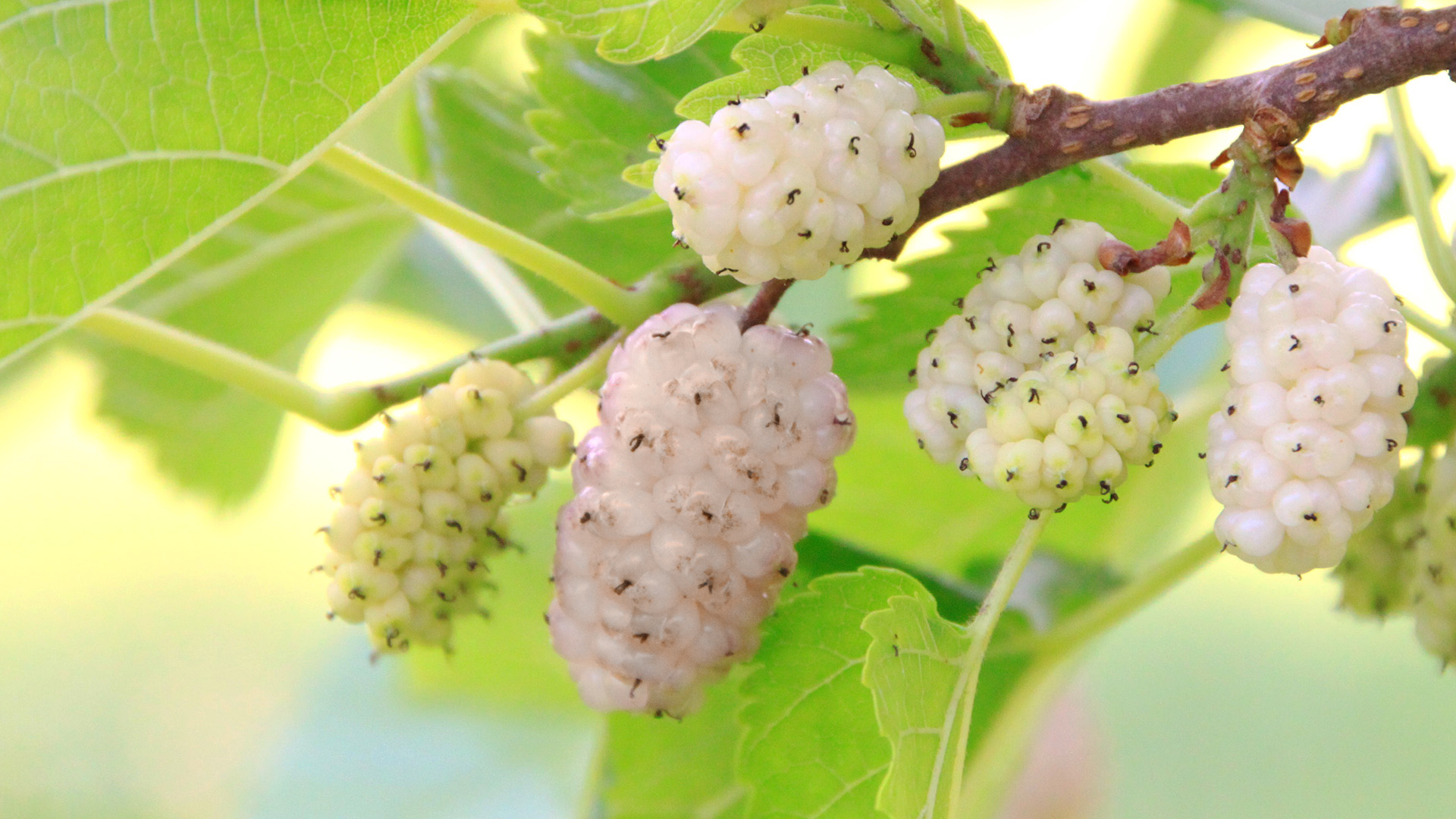
The white mulberry (Morus alba) belongs to the Moraceae family and is native to northern China and Korea. In Puglia it is mainly observed in the Gargano area. It was introduced into Europe around the twelfth century. From the nineteenth century to the fifties of the last century, cultivation and the consequent silkworm breeding proved to be a profitable activity, later abandoned with the discovery of synthetic fabrics and more widely consumed. Today it is grown only for ornamental purposes or as a fruit. The plant has many beneficial properties, which have always been known to Asian people. In particular, the wood appears to be a powerful antibacterial. It is an imposing tree with light green heart-shaped leaves. It grows without problems in any type of soil. The fruit, which is actually an infructescence, called sorose, is rich in sugars, carotenoids and vitamin C. Mulberries can be eaten fresh or reduced to jams, jellies, juices and syrups. Last but not least, they are more suitable than the black mulberry to be dried.



















Leave a comment